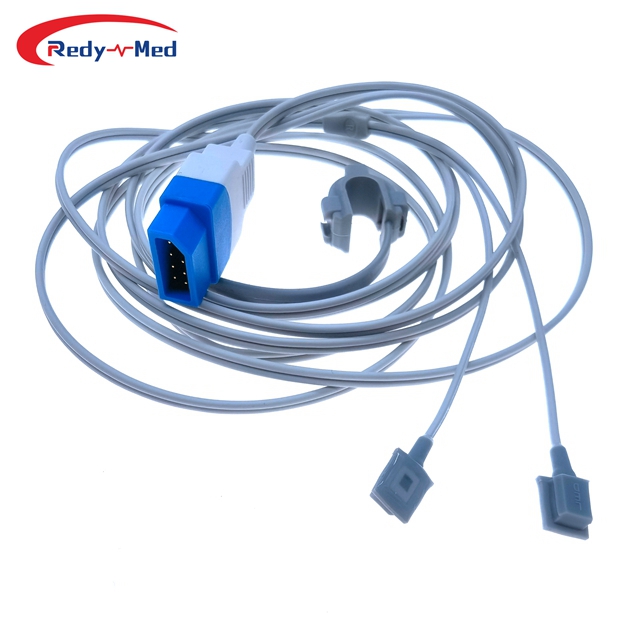
What are the main applications of SpO2 sensors in healthcare?
2024-03-21 00:03:27
Understanding the Main Applications of SpO2 Sensors

In the healthcare industry, SpO2 sensors have emerged as crucial tools for monitoring patients' oxygen saturation levels. These sensors, also known as pulse oximeters, have revolutionized healthcare by providing accurate and real-time information about a patient's oxygen levels in their blood. With their non-invasive nature and ease of use, SpO2 sensors have found widespread applications across various medical disciplines.
1. Respiratory Disorders Diagnosis and Treatment
One of the primary applications of SpO2 sensors is in the diagnosis and treatment of respiratory disorders. Since oxygen saturation is a critical measure of lung function, these sensors enable healthcare professionals to determine the severity of respiratory conditions such as asthma, chronic obstructive pulmonary disease (COPD), and pneumonia. By monitoring SpO2 levels continuously, doctors can adjust oxygen levels and medication dosage, ensuring optimal treatment outcomes for patients.
2. Anesthesia Monitoring During Surgeries
Another crucial application of SpO2 sensors is in monitoring patients' oxygen levels during surgeries. Anesthesia can suppress a patient's natural breathing, impacting their oxygenation. By using pulse oximeters, anesthesiologists can ensure that a patient's SpO2 remains within a safe range throughout the procedure. Prompt detection of any drop in oxygen levels can help prevent complications such as hypoxia and guide appropriate interventions.
3. Sleep Apnea Management
SpO2 sensors have also greatly contributed to the management of sleep apnea, a common sleep disorder characterized by periodic pauses in breathing during sleep. By wearing SpO2 sensors overnight, individuals with sleep apnea can track their oxygen levels and identify episodes where their oxygen saturation drops. This data helps healthcare providers determine the effectiveness of treatment options like continuous positive airway pressure (CPAP) therapy and make necessary adjustments.
4. Monitoring Chronic Conditions
Patients suffering from chronic conditions like congestive heart failure (CHF) or chronic obstructive pulmonary disease (COPD) can benefit from continuous monitoring of their SpO2 levels. By using wearable SpO2 sensors, individuals can track their oxygen saturation at home and detect any alarming fluctuations that may indicate a worsening of their condition. Early identification of oxygen desaturation can prompt timely medical intervention, preventing severe complications.
5. Sports and Fitness Performance Monitoring
SpO2 sensors are not limited to medical settings but also find applications in sports and fitness. Athletes and fitness enthusiasts can use these sensors to monitor their oxygen saturation levels during training sessions or high-intensity workouts. By tracking SpO2 readings, individuals can adjust their training intensity and timing to optimize performance and avoid overexertion.
Conclusion
SpO2 sensors play a vital role in healthcare, enabling accurate and continuous monitoring of oxygen saturation levels. From diagnosing respiratory disorders to facilitating anesthesia management, sleep apnea monitoring, and more, these sensors have revolutionized patient care across various medical domains. The applications of SpO2 sensors extend beyond clinical settings, empowering individuals to monitor chronic conditions and optimize sports performance. With ongoing advancements in technology, these sensors will continue to enhance patient outcomes and contribute to the overall improvement of healthcare.
Get the latest price? We'll respond as soon as possible(within 12 hours)




